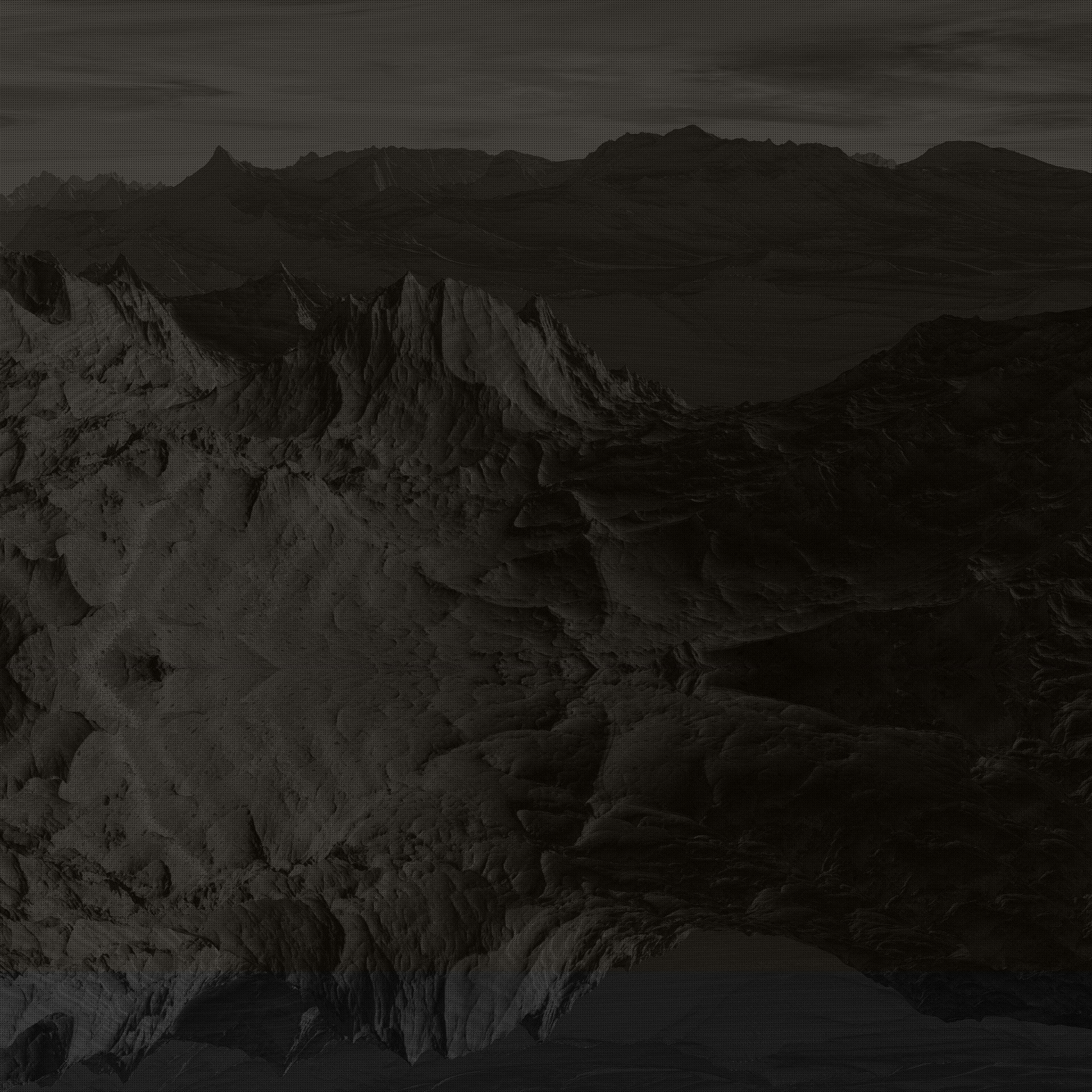top of page

The polar bear is found in only the northern hemisphere in the countries of Canada, Alaska, U.S.A., Russia, Denmark and Norway. They are thought by scientists to be a descendant of the brown bear.
They walk at 5-6 kilometers per hour at a leisurely, lumbering, brisk pace. They can run as fast as 40 kilometers, but only for short distances.
A male polar bear is 8-10 feet tall and weighs 550-1700 lbs. The female however is 6-8 feet tall and weighs 200-500 lbs. They both live to be 15-18 years old and are at the top of their food chain, as only humans eat or hunt them.
Polar bears are very clean, bathing 15-30 minutes after feeding. Their hearing and eyesight are heightened and keen and they can smell their prey miles away. They have two layers of fur and a layer of blubber measuring 4.5 inches thick. There are little bumps called papillae on the bottom of their feet to stop them from slipping on the ice. Their claws are strong and powerful to catch the seals that are their primary source of food.
Ringed and bearded seals are the type they hunt. They also eat walrus, beluga whales, and short-legged deer. They like to snack on birds and their eggs, kelp and beached whales. Polar bears typically eat only the fat and leave the rest for foxes, ravens and the smaller, baby bears.
On the average female bears give birth to two cubs for each litter, and their first pregnancy is between 4 and 8 years old. They only have an average of five litters in a lifetime.
The cubs are born November and December and do not come out of their den until March or April. During this time, the mother does not eat, drink or defecate. Cubs stay with their mother until they are 2.5 years old. A newborn cub is 12-14 inches long, weighs about 1 lb, are blind, toothless and covered in short soft fur.
Global warming is affecting the Polar Bear in some very alarming ways. There are only 20,000 to 25,000 polar bears left at the last count in 2005. Sixty percent of those live in Canada. The western bay population dropped by 22% since the 1980’s. There has also been a decline in the cub survival rate and in height and skull size of males. Present shrinking of the Arctic sea ice is rapid and unprecedented. The Artic has experienced warm periods before, but nothing of this magnitude. When the polar bear rests after swimming miles for food and their resting ground is on glaciers that are melting and becoming thin ice, they drown.
In the sixties and seventies, hunting was a threat. Now before they can get back up to a population that can mate and survive, between the global warming and the lift of endangered species laws, allowing sport hunting and killing of bears from the air, the great polar bear will be extinct by the end of this century if not sooner. They have also turned to cannibalism for survival as the seals do not come as far north in their migration due to the warmer temperatures.
Everything is connected, ultimately humans survive only because the world’s ecosystems survive. The polar bear is an early warning sign. If they are poisoned by pollutants in the air or water, over-hunted or pressured by interactions with humans, their environment altered by climate change, disturbed by drilling and mining, then humans are not safe either. High levels of PCB in the blubber of polar bears, hampers their immune system. PCB makes them susceptible to parasites and diseases. High PCB levels leads to reproduction failure, and malformed organs. Drilling and mining affect the denning sites for females to birth and raise their cubs. Legal hunting kills over 700 polar bears a year. Canada allows sport or trophy hunting by non-natives and non-citizens. They distribute quotas by region and are not responsible for the gathering of data therefore, reaching high levels of unacceptable deaths of the bear population.
In closing, I will add a personal note that the Grizzly Bear is my totem spirit and the second largest animal in the world, second only to the Polar Bear. Their pain is my pain. Their death is a part of me dying. As it should be for every human on earth when we kill, or allow these noble creatures to go into extinction and destroy ecosystems that we rely upon for our own survival as the human race. I have to ask a question without an easy answer; what are we going to do about it?
http://www.defenders.org/wildlife_and_habitat/wildlife/polar_bear.php
http://www.polarbearsinternational.org/
http://news.yahoo.com/s/ap/20090810/ap_on_sc/cn_canada_ice_retreats
bottom of page